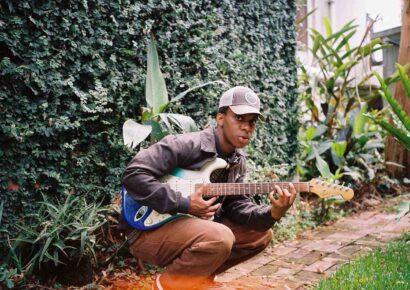Elliot Smith spent most of his life in Portland, Oregon where he penned some incredible songs.
Primarily a guitar player, Elliot Smith also had a penchant for piano, clarinet, bass guitar and harmonica – whatever helped get his message across. Truly pushing the envelope for the time, Elliot Smith found fame during his life, but has also amassed a huge cult following, as people continue to find his music after his death in 2003.
Read all the latest features, columns and more here.
Smith began his career playing in Heatmiser in 1991, who recorded three albums. He went solo during his time in Heatmiser, recording five albums across multiple labels. His song “Miss Misery” catapulted him into the mainstream after it was included in the soundtrack for the 1997 film Good Will Hunting and going on to be nominated for a 1998 Academy Award for Best Original Song.
Elliot Smith is probably most known for playing acoustic guitars solo, as well as a few special electrics during his time in Heatmiser.
Epiphone Crestwood Custom
Smith played an Epiphone Crestwood Custom, recently reissued by Epiphone, during his time in Heatmiser. The Crestwood Custom is a solid-body electric guitar, having followed the Crestwood that was produced from 1958. Elliot’s Crestwood Custom features oval inlays, the Epiphone ‘E’ on the pickguard and 3-a-side tuners placing it somewhere in the era of the early 60s, or at least an early 60s re-issue. 1961 saw the original dot inlays replaced by the ovals, and by 1963 the headstock was replaced by a six-in-line design, as well as removing the ‘E’ from the pick guard.
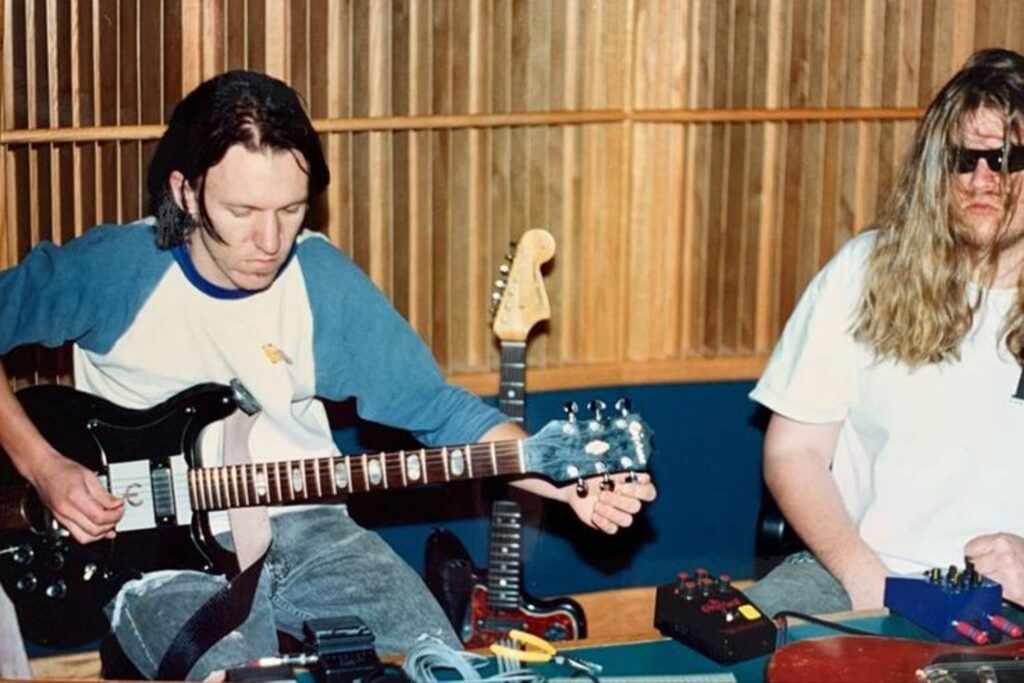
Yamaha FG-180 Red Label
Elliot Smith can be seen here with a Yamaha FG-180 Red Label Acoustic Guitar, the pick guard being the giveaway on an otherwise regular looking dreadnought style acoustic. Eagle-eyed readers will notice the humbucker placed precariously in the soundhole, looking a lot like a Bill Lawrence A-300 Compact Magnetic Soundhole Guitar pickup.
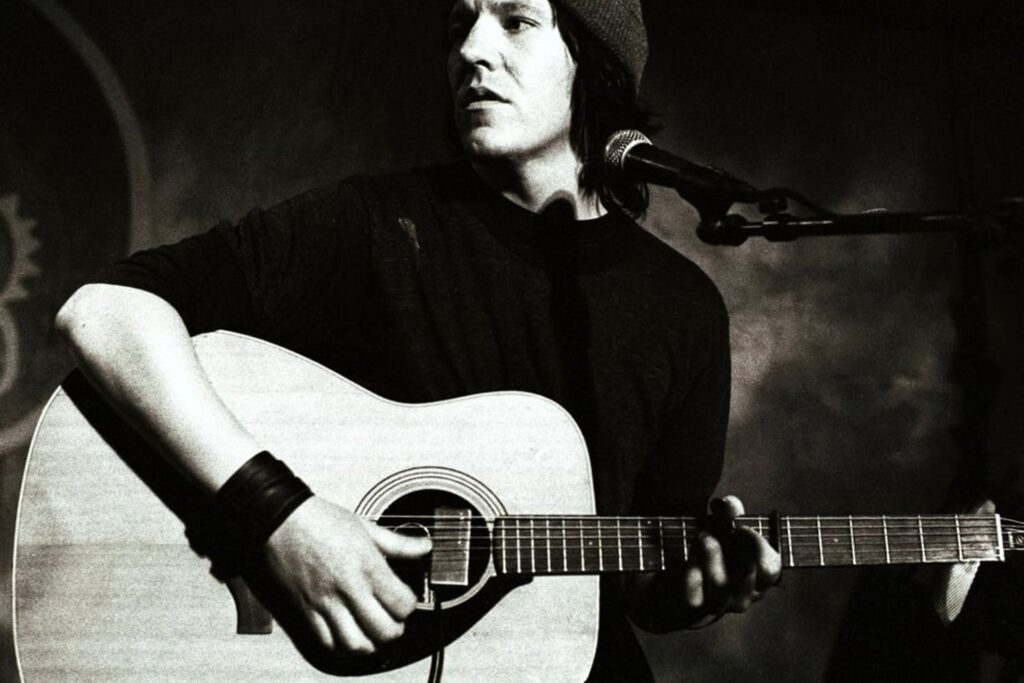
Gibson J-45
While on the subject of acoustic guitar, Elliot also played a J-45, seen here, and recognisable because of the (again) unique pickguard. The J45 was amplified by a Fishman Rare Earth Humbucking at the soundhole.
Gibson ES-330
No stranger to Gibsons, Elliot Smith also played multiple ES-330s from the late 60s and onwards. The ES-330 is unique in that it features a similar body shape and layout to the classic ES-335, but without the centre block, which is what makes the ES-335 a semi-hollow electric. The ES-330 has a more resonant, acoustic quality coupled with the classic humbucker sound of a Gibson electric.
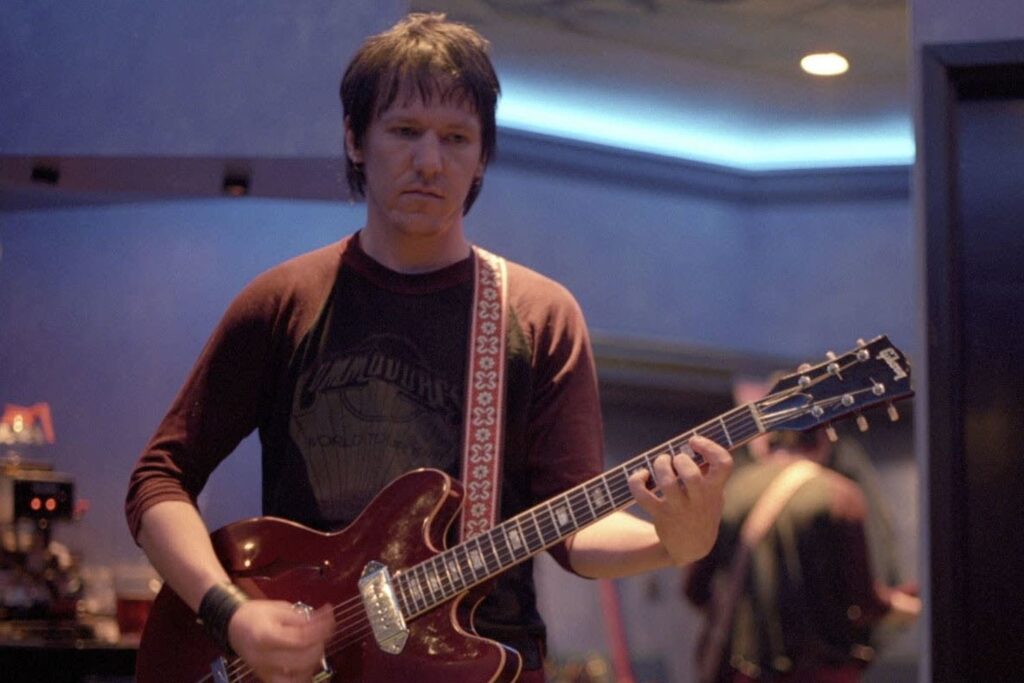
The Studio saw Elliot Smith using a bunch of equipment to shape and hone his unique sound. While not necessarily owned by Smith, they informed the recordings that made him so famous. During his solo records, Smith was on “a big DIY kick”, using record labels cheques to buy equipment to help him make his own music. The mid-to-late 90s saw Smith opening Jackpot!, a studio with Larry Crane, with humble, basic beginnings and a growing catalogue of equipment used to record Smith’s songs.
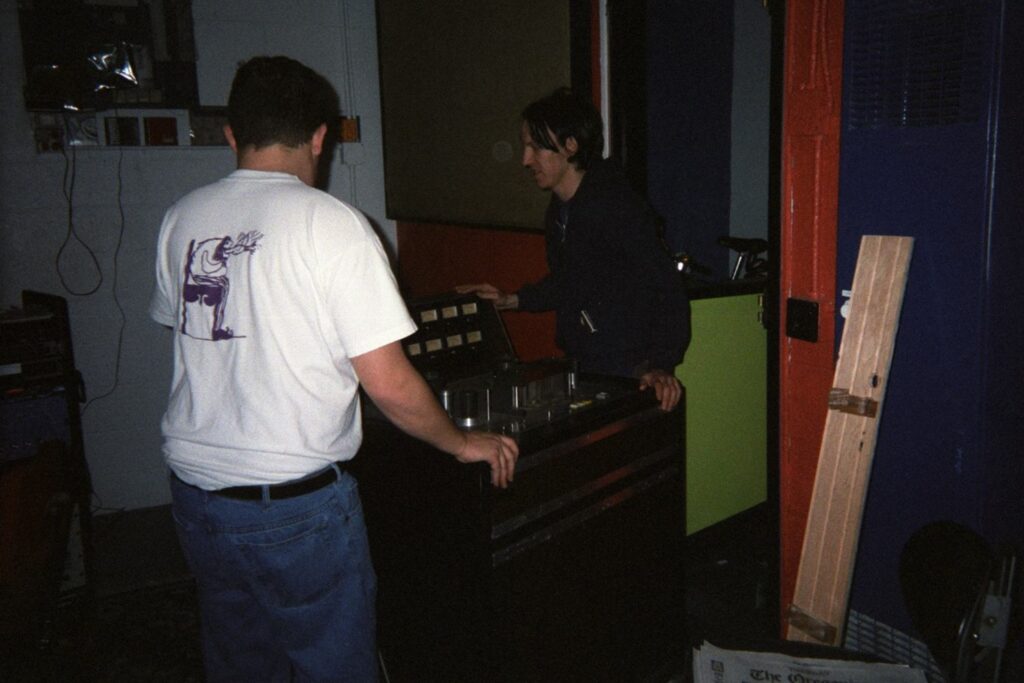
Behringer Composer
This compressor, while not being super high end nor expensive, is mentioned specifically by Smith who worked with producer Tom Rothrock on recording. The Composer was used to help treat drums that were all being summed to one track while recording.
Tascam 38 – 8-Track Tape Recorder
The limitations of 8 tracks are part of the reason Smith needed to print drums down to a single track, and while tape has a particular sound, the limitations of the workflow also shaped the music Smith wrote. Elliot mentions this machine while writing and working on Either/Or.
Mackie 32×8 Console
This console was used to record “Miss Misery”. The Mackie is a 32-channel console with 8 buses that allows for treating individual tracks as well as grouping tracks together for bus-processing. Each channel had a preamp and EQ section, with multiple routing options for effects, auxiliaries and other processing.
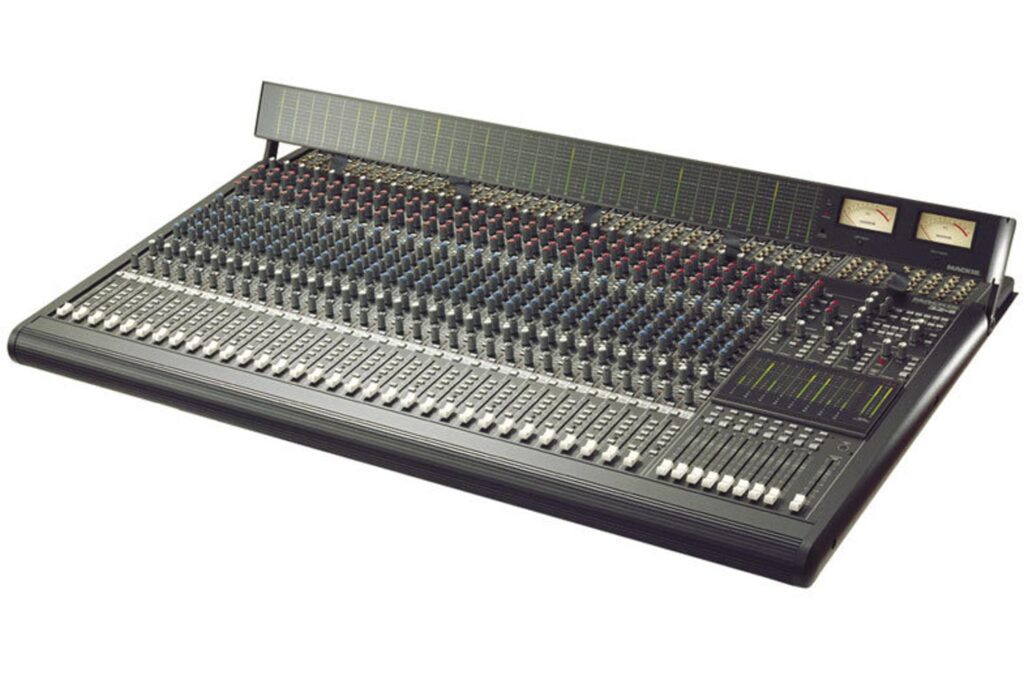
Elliot’s sound was defined by his songwriting, as well as his ability to capture the clarity of a moment. The equipment he used informed and shaped his songwriting, but a penchant for less well-known gear shows some pride in deviating from the ‘norm’, and sticking to using tools to make the music he wanted to make, rather than whatever was generally accepted as good, bad or ‘correct’.
This attitude helped shape Elliot Smith into the unique artist he was, as well as the legacy he left behind as both a member of Heatmiser and as a solo artist. While signed to a major label, Elliot Smith wasn’t what is generally considered a ‘major label artist’, and the gear he used to make his music was sometimes whatever he had around, had access to, and when he found something he liked, he bought multiples – like his collection of ES-330s. The singer songwriter energy of an acoustic guitar prevailed, Elliot playing multiple dreadnought-shaped acoustic guitars from Gibson and Yamaha, as well as hollow-body electrics that bridge the gap between his acoustics and the Epiphone Crestwood Custom that he played earlier in his career.
For more info, keep reading here.

